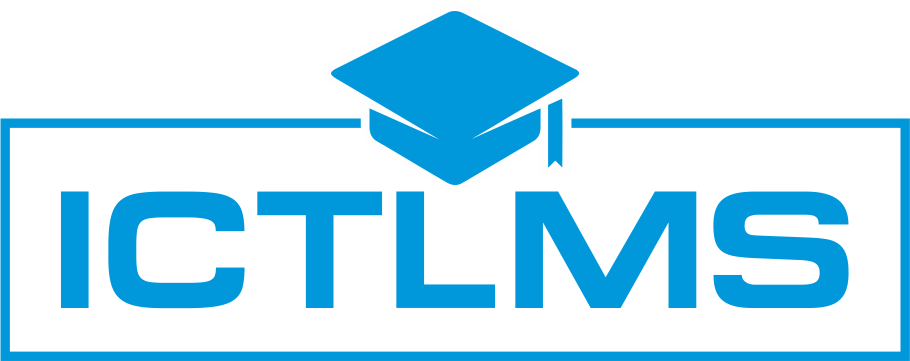Learning management systems (LMS) are software platforms that help organizations deliver and manage training and education. They can be used to create and deliver online courses, track learner progress, and provide assessments.
Open source LMS is a great option for organizations that want to have more control over their learning environment. They are also a more affordable option than commercial LMS.
In this article, we will take a look at the best open source LMS options in 2023. We will discuss their features, benefits, and drawbacks. We will also provide some tips on how to choose the right open source LMS for your organization.
What is an Open Source Learning Management System?
An open source learning management system (LMS) is a software platform that is free to download and use. The source code for these systems is also available, which means that developers can modify and customize the software to meet their specific needs.
Open source LMS offers a number of benefits over commercial LMS. They are often more affordable, and they offer a greater degree of flexibility and customization. Additionally, the open source community can provide support and updates for these systems.
Benefits of Open Source LMS
There are many benefits to using an open source LMS. Some of the most important benefits include:
- Flexibility and customization: Open source LMS can be customized to meet the specific needs of your organization. You can add or remove features, and you can change the look and feel of the system.
- Affordability: Open source LMS are often more affordable than commercial LMS. You can download and use the software for free, and you only need to pay for hosting and support.
- Security: Open source LMS are often very secure. The source code is available for review, which means that security vulnerabilities can be identified and fixed quickly.
- Community support: There is a large and active community of open source LMS developers and users. This community can provide support and help you troubleshoot problems.
Drawbacks of Open Source LMS
While there are many benefits to using an open source LMS, there are also some drawbacks. Some of the most important drawbacks include:
- Technical expertise: Open source LMS can be more complex to set up and manage than commercial LMS. You may need to have some technical expertise in order to use these systems effectively.
- Support: There may be less support available for open source LMS than for commercial LMS. You may need to rely on the open source community for support, which can be less reliable.
- Security: Open source LMS are often more secure than commercial LMS, but they can still be vulnerable to attack. You need to take steps to secure your open source LMS, such as using strong passwords and keeping the software up to date.
Choosing the Right Open Source LMS
There are many different open sources of LMS available. The best way to choose the right LMS for your organization is to consider your specific needs. Some of the factors you need to consider include:
- The size of your organization: If you have a small organization, you may not need a complex LMS. A simpler LMS may be more cost-effective and easier to manage.
- The type of training you need to deliver: If you need to deliver a variety of training types, you will need an LMS that is flexible enough to accommodate your needs.
- Your budget: Open source LMS are often more affordable than commercial LMS. However, you will still need to pay for hosting and support.
- Your technical expertise: If you do not have much technical expertise, you may want to choose an LMS that is easy to set up and manage.
Popular Open Source LMS
There are many popular open sources of LMS available. Some of the most popular options include:
- Moodle: Moodle is one of the most popular open source LMS. It is a flexible and customizable platform that can be used to deliver a variety of training types.
